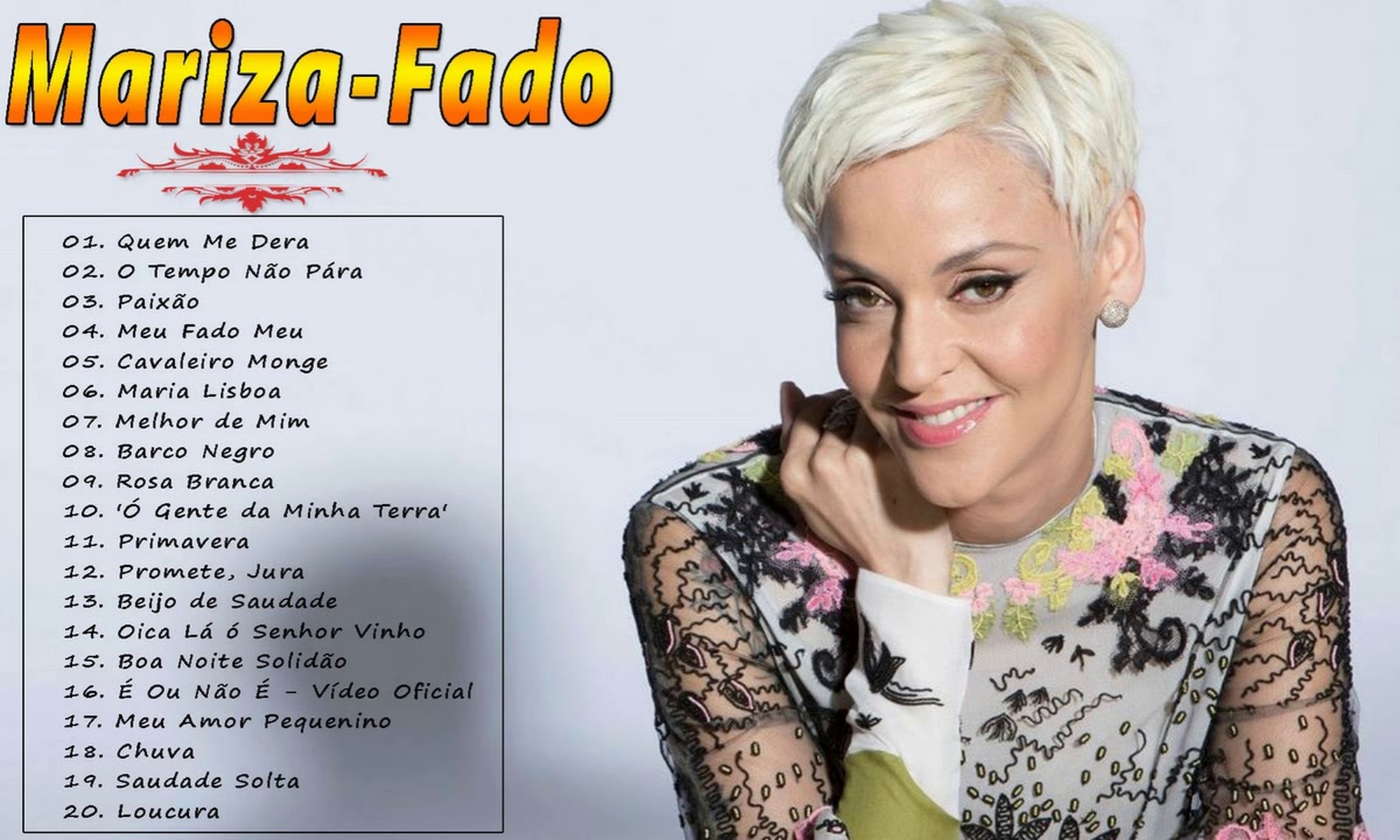
Kenya
Nearly a quarter of Kenya’s 37m population live on less than US$1 a day and one child in ten dies before their fifth birthday. Malnutrition and poor healthcare facilities are common problems, and many children are unable to attend school. Corruption in Kenya is rife and in December 2007, violence erupted following the disputed national election results. Around 1,500 people lost their lives and 600,000 were forced to flee their homes.
What we’re doing
- We’re providing 4,000 malnourished children with food and specialist care.
- We provided education kits so 13,000 children could return to school.
- We’re protecting around 10,000 children living in refugee camps.
Save the Children in Kenya
We’ve worked in Kenya since 2001. Last year we reached more than 108,000 children directly through our work.
In 2006 we helped families living in the Dadaab refugee camps affected by floods and treated malnourished children.
After the election violence in 2007, we began working in the worst-affected areas, providing food and healthcare. We reunited hundreds of children with their families, enabled them to go back to school and helped to protect them from exploitation and abuse.
We’re saving children’s lives
The current food crisis – brought on by drought, high food prices and the disruption to farming caused by the 2007 post-election violence – has increased malnutrition. As many as one in three children in parts of North East Province are suffering from malnutrition. Watch Aftin’s story or read more about our emergency work in Kenya.
Our 14 mobile outreach teams are feeding the most vulnerable children and mothers, and treating children suffering from malnutrition. We’re helping families to support themselves by giving them livestock, such as goats. We’ve also trained staff at the Ministry of Health on how to treat malnutrition. Keep up-to-date with our Kenya blog.
We’re protecting children in the Dadaab refugee camps
More than 270,000 refugees, mostly from Somalia, live in three overcrowded camps near the town of Dadaab. We’ve helped more than 700 children by providing shelter, or by referring cases of sexual abuse to the relevant authorities. We also found foster homes for 100 children who had been separated from their parents.
We’ve set up seven child friendly spaces, trained members of 38 child welfare committees in child protection, and provided counselling sessions for more than 100 extremely vulnerable children.
We’re helping families look after their children
We’re working with agencies to give cash grants to 600,000 people so they can buy more and better quality food for their children. We’re also giving food vouchers to 1,500 households with children under five and working with 20,000 pastoral farmers to improve their livestock production.
In the Rift valley camps, where hundreds of displaced families are still living in temporary shelters, we paid members of 550 households to build drains, put up fences, make school uniforms and build recreation facilities. We also provided more than 3,500 households with funds for seeds and tools, and vaccinated the livestock of 650 households, so they could start farming again.
We’re responding to emergencies
300,000 children were forced to flee their homes in the violence following the December 2007 elections and many ended up in camps, separated from their families and with no means of support. We provided safe play areas for 2,500 children, helped to trace relatives, distributed 13,000 educational kits, trained community health workers and also provided teaching materials and equipment to 20 schools.
Download the Kenya country brief (PDF 74KB)


